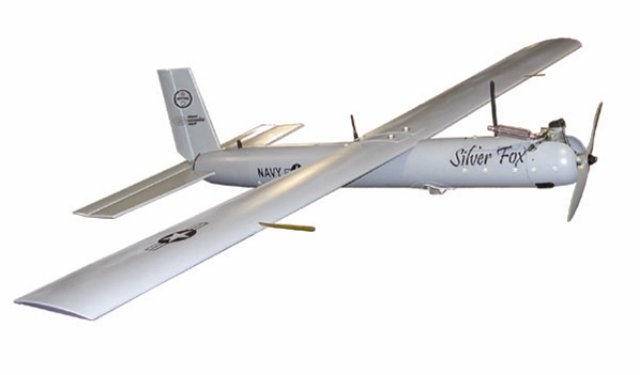 Unmanned aircraft, valued for their ability to hunt down the enemy without putting pilots in harm’s way, are being considered for a new mission: marking airdrop zones for resupplying troops in the war zone.
Unmanned aircraft, valued for their ability to hunt down the enemy without putting pilots in harm’s way, are being considered for a new mission: marking airdrop zones for resupplying troops in the war zone.
The Air Force recently flew a small unmanned aircraft that dropped a device to measure wind and weather and mark a spot for a nearby C-130 to airdrop supplies in Afghanistan. The use of unmanned aircraft marking a drop zone could lead to precision drops in dangerous areas without risking ground troops.
“Precision airdrop is the present and future requirement for all airdrop,” said Capt. Nicholas Redenius, chief of tactics with the 774th Expeditionary Airlift Squadron. “The troops on the ground already risk exposure outside the wire of their [forward operating base], and our ability to accurately place bundles at the desired point of impact is crucial.”
In March, the 774th tested its first airdrop using the 38-pound BAE Silver Fox. The unmanned plane carried a small, tube-shaped device called a drop sonde, which is used to measure meteorological effects in the air as it falls and relays information to a nearby C-130.
The small Silver Fox gives crews the ability to make one pass over a drop zone to release the device, increasing the speed of the mission and lessening the risk to the much larger Hercules, Redenius said.
“Our ultimate goal is to deliver the airdrop bundles to the drop-zone party on time with precision accuracy,” Redenius said.
The idea for using unmanned aircraft stems from the Air Force’s development of the Joint Precision Airdrop System, which was identified as an urgent need in 2010. The system, used on airframes such as C-130s and C-17s, uses GPS systems, steerable parachutes and on-board computers to guide airdrop bundles with precision and from as high as 25,000 feet, according to the Air Force.
“We can drastically decrease exposure to enemy contact outside the wire by dropping the bundles as close to the point of impact as possible,” Redenius said. “Recovery time is crucial to the overall success of an airdrop.”
The Air Force is looking at other unmanned aircraft to carry the drop sonde devices and plans to conduct further tests toward making the new system operational. This was a proof-of-concept test, and the intent and the capability could be used on manned and umanned aircraft, Air Mobility Command spokesman Maj. Mike Andrews said.
“This technology only breaks the surface of potential improvements to airdrop accuracy,” Redenius said. “Increased development of more precision guidance units and better fidelity on wind modeling and collection will continue to improve the accuracy and overall success of combat airdrops.”
Source: Defense News
